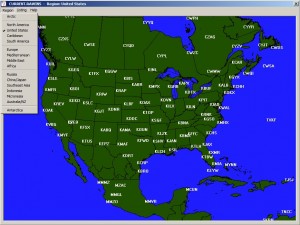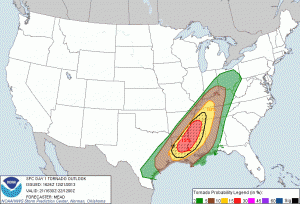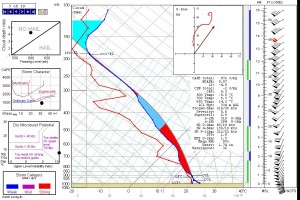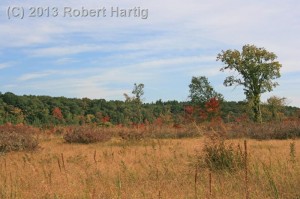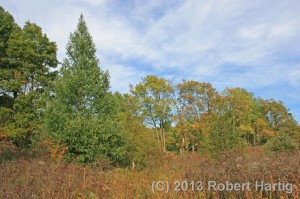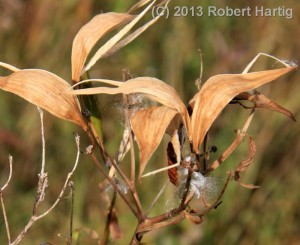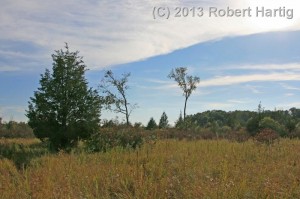I owe the following content to meteorologist and Ingham County, Michigan, emergency manager Rob Dale. With his permission, I’m duplicating it here from Rob’s Facebook post, as I think some of my weatherhead readers may find it relevant and useful. That has been my experience; thanks to Rob, I’ve actually begun to look into tackling high school algebra–a subject I did horribly at back in my teen years–with an eye on laying the groundwork for calculus, and thence, meteorology. One is never too old to learn, right?
Perhaps the free resources Rob has listed below will inspire you too to expand your learning horizons. In any case, the legwork Rob has done is too valuable to be buried beneath the Facebook landslide.
Here’s Rob.
————————–
Let’s say you’re interested in REALLY learning about meteorology? You have NO idea how many resources are available today compared to just 5-10 years ago! You can take most of the core courses that currently cost thousands of dollars at a university for free at your own pace… For example, a met degree requires Calculus, Physics, and Chemisty off the top. Once you have that background, you can start reading intermediate (and maybe advanced) textbooks and actually learn how to forecast. You still won’t be a full fledged met, but I guarantee you will make better forecasts than now and you will feel better knowing your knowledge is the reason why. You can find them elsewhere, but many of these from MIT have full video lectures which makes the process easier.
https://ocw.mit.edu/courses/mathematics/ 18.01, 18.02, 18.03
https://ocw.mit.edu/courses/physics/ 8.01, 8.02
https://ocw.mit.edu/courses/chemistry/ 5.04, 5.60
Now you’ve got the basics! You can get meteorology books, will understand what you’re reading, and actually start to make sense of the “why” behind the process.
https://www.amazon.com/Introduction-Dynamic-Meteorology-Fifth-Edition/dp/0123848660/ref=pd_bxgy_b_text_z
https://www.amazon.com/Mesoscale-Meteorology-Midlatitudes-Advancing-Weather/dp/0470742135
https://secure.ametsoc.org/amsbookstore/viewProductInfo.cfm?productID=81
https://www.amazon.com/Synoptic-Dynamic-Meteorology-Midlatitudes-Principles-Kinematics/dp/0195062671
https://www.amazon.com/Synoptic-Dynamic-Meteorology-Midlatitudes-Observations-Weather/dp/019506268X/ref=pd_sim_b_1
https://secure.ametsoc.org/amsbookstore/viewProductInfo.cfm?productID=5
https://secure.ametsoc.org/amsbookstore/viewProductInfo.cfm?productID=6
Some of those books can be expensive, but buy one at a time and you’ll be able to sell them for about 80% of what you paid (if not more.)
Does this sound hard? Yup. Necessary if you want to really know meteorology? Yup. Impossible? Nope. Just think how much time you are wasting drawing lines on Microsoft Paint and how those hours could actually help you learn! If you really wanted to be a guitar player would you be better off spending time on Guitar Hero or learning chords on a real guitar? One of them is fun in the short term but offers no advantage towards your goal. Same story here.
So there you go. If this is REALLY your passion, make it something valuable. If you end up going to college, think of how much easier those classes will be since you’ve already invested ahead of time! If you don’t go to school, imagine how much more interactive your conversations can be with meteorologists and how much of a service your posts will be to followers.
————————–
Now, if you, like me, totally sucked at any form of math back in your high school daze (daze being a fully appropriate word for a child of the 1970s), Rob has also provided a link to KhanAcademy, which provides a blizzard of tutorials on the prerequisites for college-level courses. And yes, they too are free, free, free.
Considering the education you can get online today without paying a dime, the only thing that can cost a person is to remain ignorant. Learn at your own pace for your own enrichment and satisfaction. What’s to stop you?
Hey, Rob–thanks! You rock, Pilgrim.
